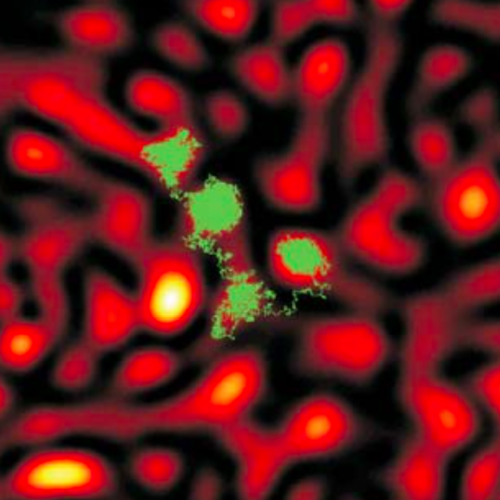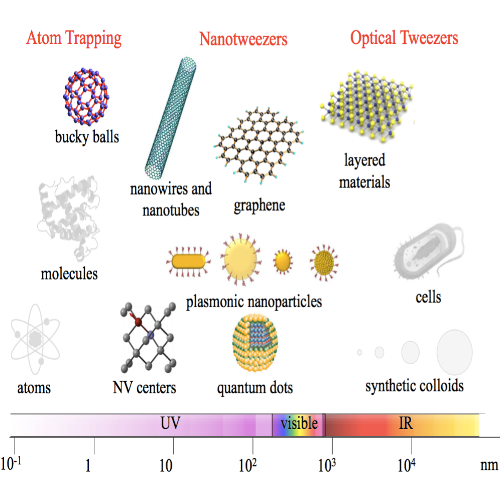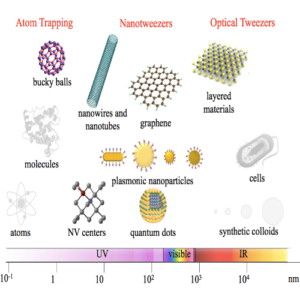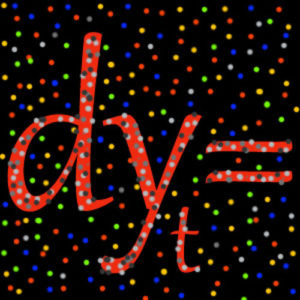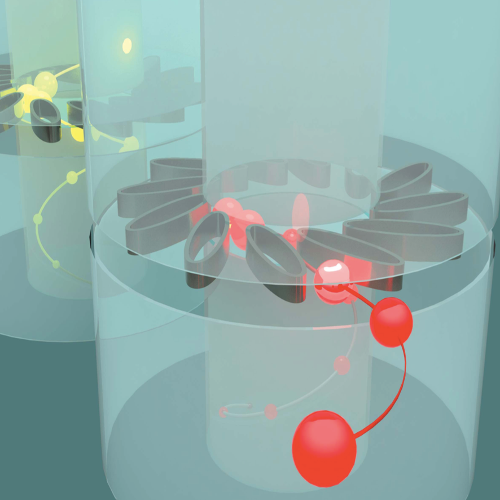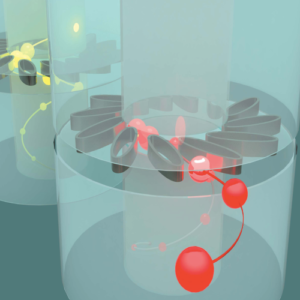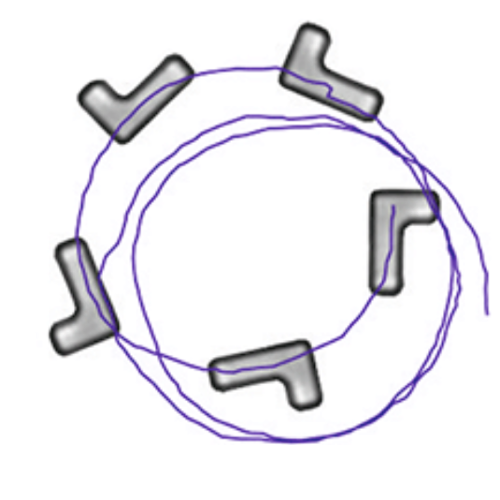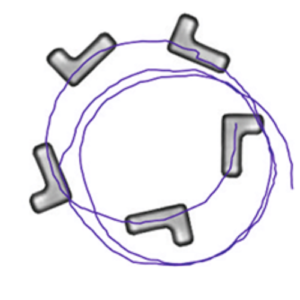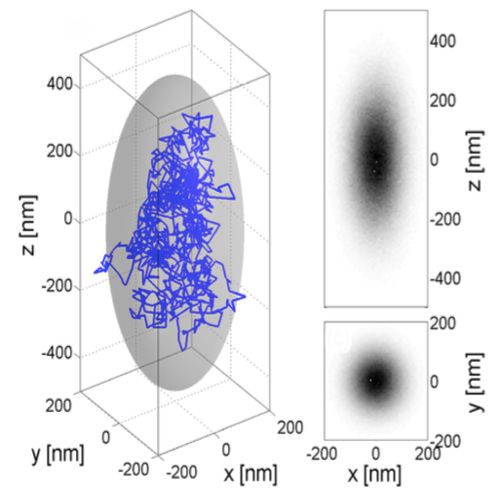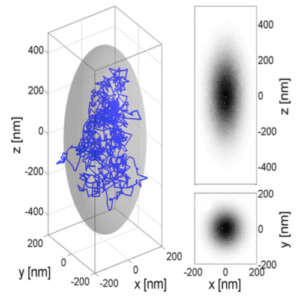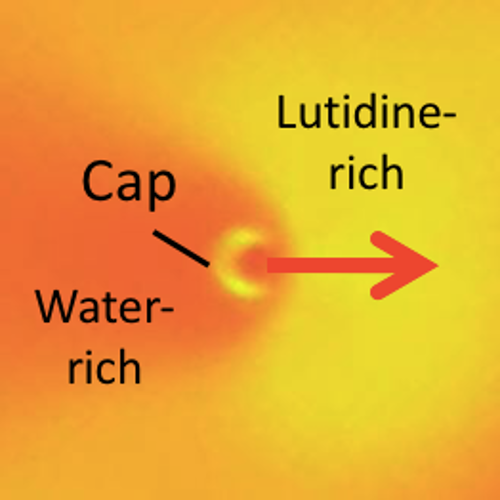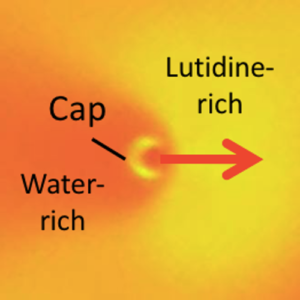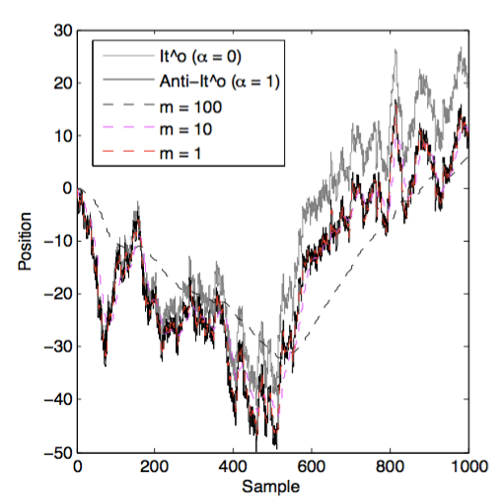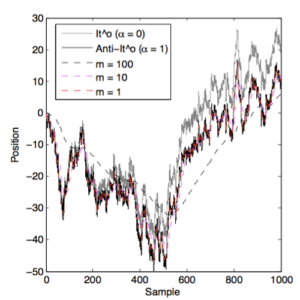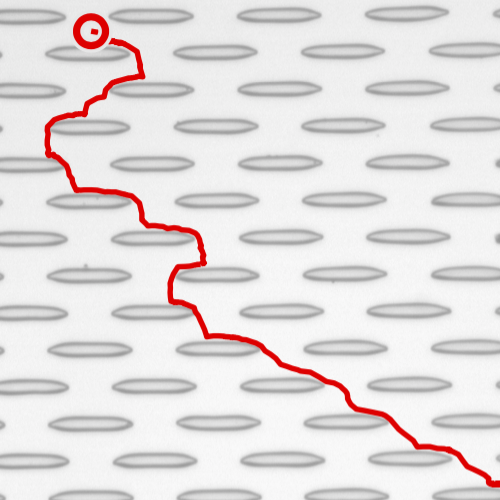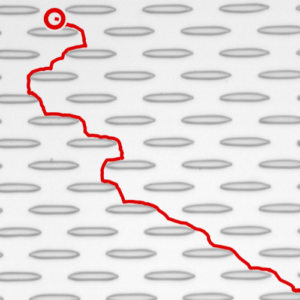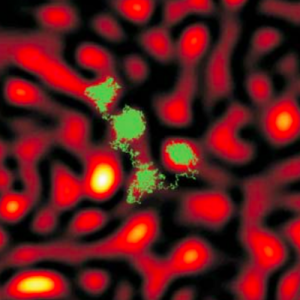
Brownian motion in a speckle light field: Tunable anomalous diffusion and selective optical manipulation
Giorgio Volpe, Giovanni Volpe & Sylvain Gigan
Scientific Reports 4, 3936 (2014)
DOI: 10.1038/srep03936
arXiv: 1304.1433
The motion of particles in random potentials occurs in several natural phenomena ranging from the mobility of organelles within a biological cell to the diffusion of stars within a galaxy. A Brownian particle moving in the random optical potential associated to a speckle pattern, i.e., a complex interference pattern generated by the scattering of coherent light by a random medium, provides an ideal model system to study such phenomena. Here, we derive a theory for the motion of a Brownian particle in a speckle field and, in particular, we identify its universal characteristic timescale. Based on this theoretical insight, we show how speckle light fields can be used to control the anomalous diffusion of a Brownian particle and to perform some basic optical manipulation tasks such as guiding and sorting. Our results might broaden the perspectives of optical manipulation for real-life applications.
